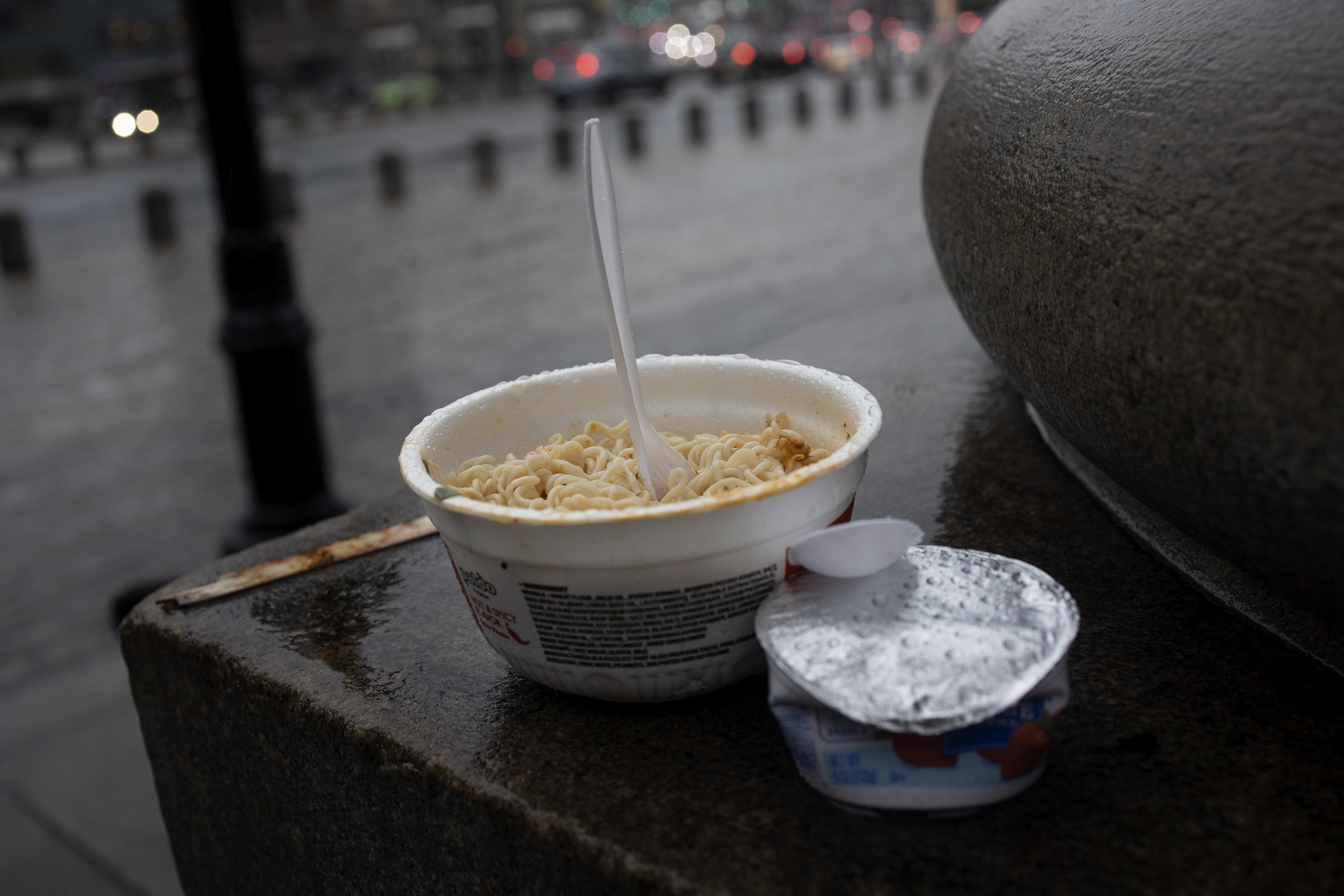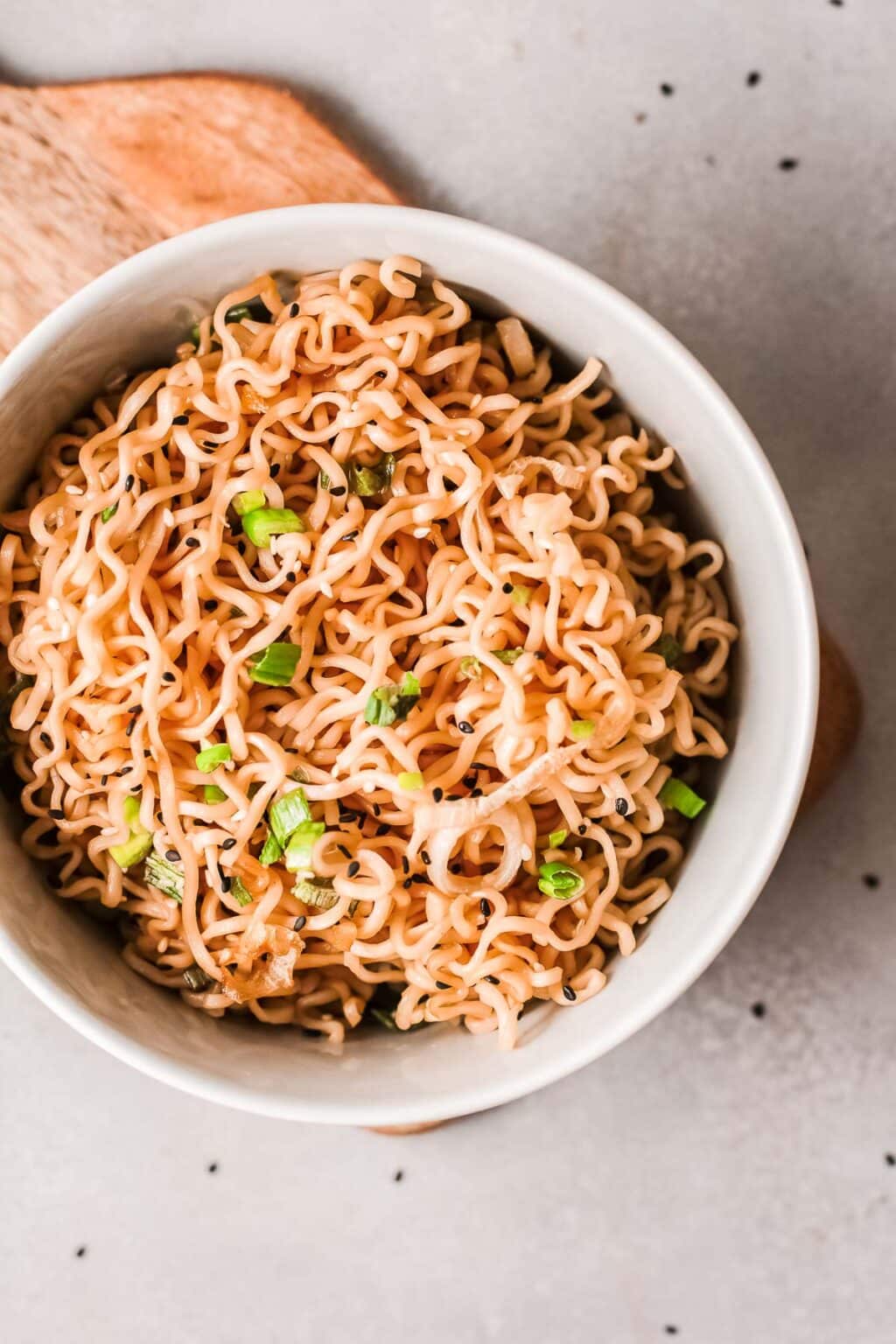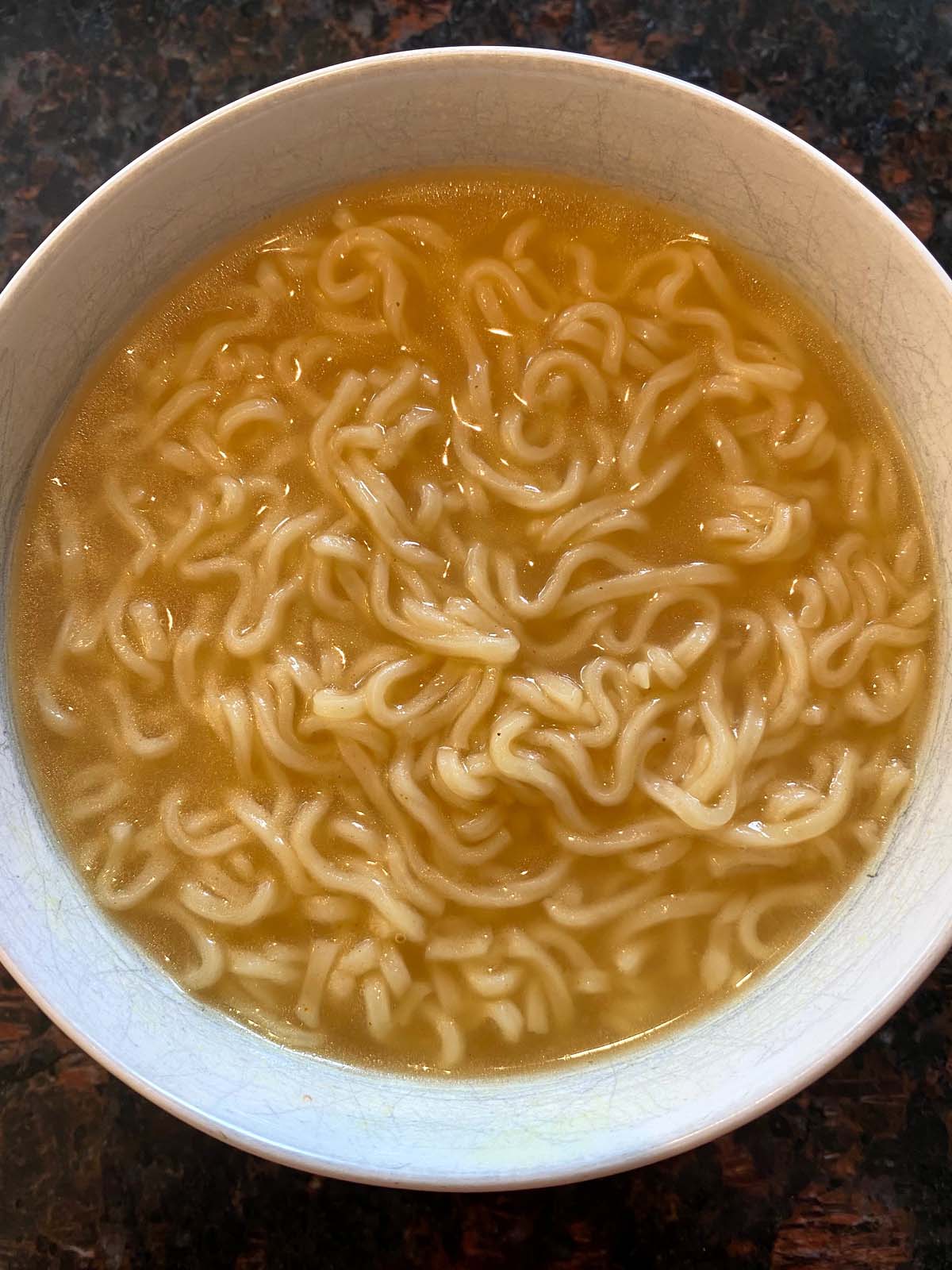So, you've probably heard whispers about this strange phenomenon called "Ramen Noodles Sickness 2025." Yeah, it sounds like something straight out of a sci-fi movie, but guess what? It's real, and it's got people scratching their heads all over the globe. Imagine this: your favorite late-night snack, the humble ramen noodles, suddenly becoming a potential health hazard. What gives? Let's dive into the nitty-gritty of this mystery before it spirals into full-blown panic mode.
You know how they say everything that’s trendy eventually comes with a side of controversy? Well, ramen noodles have been around for ages, but in 2025, something strange started happening. People were reporting weird symptoms after eating their beloved instant ramen. From stomach aches to headaches, the rumors were piling up, and no one could quite put their finger on what was going on. Was it the ingredients? The manufacturing process? Or just a big ol' coincidence?
Now, before you toss all your ramen stock into the trash, let's take a closer look at the facts. In this article, we’re going to unravel the mystery behind the so-called "Ramen Noodles Sickness 2025." We'll explore the science, the stats, and the stories behind the headlines. By the end of this, you’ll have a clearer picture of whether your favorite comfort food is friend or foe. Let’s get to it, shall we?
Read also:Kannada Movie Rulz 2025 A Deep Dive Into The Upcoming Cinematic Landscape
This guide is here to help you understand what’s happening, so you can make informed decisions about your ramen consumption. Because, let’s be honest, nobody wants to give up their go-to meal without knowing the full story first. Now, grab a snack—maybe not ramen—and let’s jump into the details.
What Exactly is Ramen Noodles Sickness 2025?
Alright, let’s break it down. The term "Ramen Noodles Sickness 2025" has been popping up in health forums, social media threads, and even some news outlets. It refers to a growing number of people who claim to have experienced adverse health effects after eating instant ramen noodles. Symptoms range from mild discomfort to more serious issues, and it's got health experts scrambling to find answers.
Some of the most common complaints include:
- Stomach cramps
- Headaches
- Nausea
- Bloating
- Heartburn
Now, these symptoms could be caused by a variety of factors, but the fact that they’re being reported in connection with ramen noodles is raising eyebrows. Is it the preservatives? The MSG? Or could it be something else entirely? Let’s keep digging.
Understanding the Science Behind Ramen
Ramen noodles, as we know them, are typically made from wheat flour, salt, and kansui, a type of alkaline mineral water. They’re often packaged with seasoning packets that contain a mix of salt, sugar, and flavor enhancers like monosodium glutamate (MSG). While these ingredients have been used for decades, recent studies suggest that some people may be more sensitive to them than others.
Research published in the Journal of Nutrition found that high sodium intake, often present in instant ramen, can lead to increased blood pressure and other cardiovascular issues. Additionally, the preservatives and additives used in some brands may trigger adverse reactions in certain individuals. So, while ramen itself isn’t inherently "bad," the way it’s processed and consumed might be contributing to the problem.
Read also:Billie Eilish Nudes The Facts Myths And Everything You Need To Know
Is MSG the Culprit?
Let’s talk about MSG for a sec. Monosodium glutamate has been a controversial topic for years, with some people swearing it’s the devil incarnate, while others claim it’s perfectly safe. So, where does the truth lie?
MSG is a flavor enhancer that’s been used in food production for over a century. It’s naturally occurring in many foods, including tomatoes, cheese, and seaweed. However, when added in large quantities to processed foods like ramen, it can cause issues for some people. Symptoms often reported include headaches, flushing, and sweating.
A study conducted by the European Food Safety Authority concluded that while MSG is generally safe for most people, those with sensitivities may experience adverse effects. So, if you’re someone who’s prone to food sensitivities, it might be worth paying attention to how your body reacts to MSG-laden foods.
Other Ingredients to Watch Out For
Besides MSG, there are a few other ingredients in ramen noodles that could be contributing to the "sickness" phenomenon:
- Trans Fats: Some ramen brands use partially hydrogenated oils, which are high in trans fats. These have been linked to heart disease and other health issues.
- High Sodium Levels: A single serving of ramen can contain up to 1,000 mg of sodium, which is more than half the recommended daily intake for adults.
- Artificial Additives: Preservatives and colorings used in some brands may cause allergic reactions in sensitive individuals.
It’s worth noting that not all ramen noodles are created equal. Some brands use healthier ingredients and lower sodium levels, so it’s always a good idea to check the label before you buy.
The Rise in Reports: Why Now?
Here’s the million-dollar question: why are we hearing about this now? Ramen noodles have been around for decades, so why the sudden spike in reports of sickness in 2025?
There are a few possible explanations. First, social media has made it easier than ever for people to share their experiences and connect with others who’ve had similar issues. What might have been dismissed as a one-off reaction in the past can now be part of a larger conversation.
Second, as people become more health-conscious, they’re paying closer attention to what they eat and how it affects their bodies. This increased awareness could be leading to more reports of adverse reactions.
Finally, changes in manufacturing processes or ingredient sourcing could be playing a role. As global supply chains shift and companies look for ways to cut costs, the quality of ingredients in some ramen brands may have changed. It’s a possibility worth exploring.
What the Experts Say
Health experts and food scientists are taking the issue seriously. Dr. Emily Carter, a nutritionist at the World Health Organization, says, "While there’s no definitive link between ramen noodles and the reported symptoms, it’s important to investigate further. We need to look at the entire supply chain, from ingredient sourcing to processing, to understand what might be causing these reactions."
Meanwhile, food safety advocates are calling for stricter regulations on processed foods, including ramen noodles. They argue that clearer labeling and more rigorous testing could help prevent similar issues in the future.
How to Protect Yourself
So, what can you do to stay safe while still enjoying your favorite ramen noodles? Here are a few tips:
- Read Labels: Look for brands that use whole ingredients and avoid high levels of sodium and preservatives.
- Limit Consumption: Ramen noodles should be an occasional treat, not a daily staple. Moderation is key.
- Choose Fresh Alternatives: If you’re concerned about processed foods, consider making your own ramen at home with fresh ingredients.
- Listen to Your Body: If you notice any adverse reactions after eating ramen, it might be time to cut back or switch to a different brand.
By taking these steps, you can enjoy your ramen without worrying about potential health risks.
DIY Ramen: A Healthier Option
Making your own ramen at home is a great way to control the ingredients and ensure you’re getting a healthier version of your favorite dish. Here’s a simple recipe to get you started:
Ingredients:
- Whole wheat noodles
- Homemade broth (chicken, vegetable, or mushroom)
- Fresh vegetables (spinach, carrots, mushrooms)
- Protein of your choice (tofu, chicken, or eggs)
- Spices and herbs (ginger, garlic, soy sauce)
Instructions:
- Cook the noodles according to package instructions.
- Prepare the broth by simmering your choice of ingredients in a pot.
- Add the vegetables and protein to the broth and cook until tender.
- Combine the noodles and broth in a bowl, garnish with spices, and enjoy!
Not only is homemade ramen healthier, but it’s also a fun way to get creative in the kitchen.
The Role of Consumer Awareness
Consumer awareness plays a crucial role in food safety. As more people become informed about the potential risks associated with certain foods, they’re better equipped to make choices that align with their health goals. This shift in mindset is driving demand for healthier, more transparent food options.
Food companies are starting to take notice, too. Many are reformulating their products to meet the growing demand for healthier alternatives. Some ramen brands have already begun offering low-sodium and preservative-free options, giving consumers more choices.
As a consumer, it’s important to stay informed and advocate for transparency in the food industry. By supporting companies that prioritize health and safety, you’re helping to create a safer food environment for everyone.
Regulation and Accountability
Food safety regulations vary from country to country, but there’s a growing push for global standards. Organizations like the Food and Agriculture Organization (FAO) and the World Health Organization (WHO) are working to establish guidelines for processed foods, including ramen noodles.
Accountability is key. Companies need to be transparent about their ingredients and manufacturing processes. Consumers have the right to know what’s in their food and how it’s made. By holding companies accountable, we can help prevent future health scares like the "Ramen Noodles Sickness 2025."
Conclusion
So, there you have it. The mystery of "Ramen Noodles Sickness 2025" is still being unraveled, but one thing’s for sure: knowledge is power. By understanding the science behind ramen noodles and staying informed about potential risks, you can make smarter choices about what you eat.
Remember, moderation is key. Ramen noodles can still be part of a healthy diet if consumed in moderation and paired with fresh, whole foods. And if you’re ever in doubt, don’t hesitate to reach out to a healthcare professional for advice.
We’d love to hear your thoughts on this topic. Have you experienced any adverse reactions after eating ramen noodles? What steps are you taking to ensure your food is safe and healthy? Drop a comment below and share your story. Let’s keep the conversation going!
Table of Contents
What Exactly is Ramen Noodles Sickness 2025?
Other Ingredients to Watch Out For


